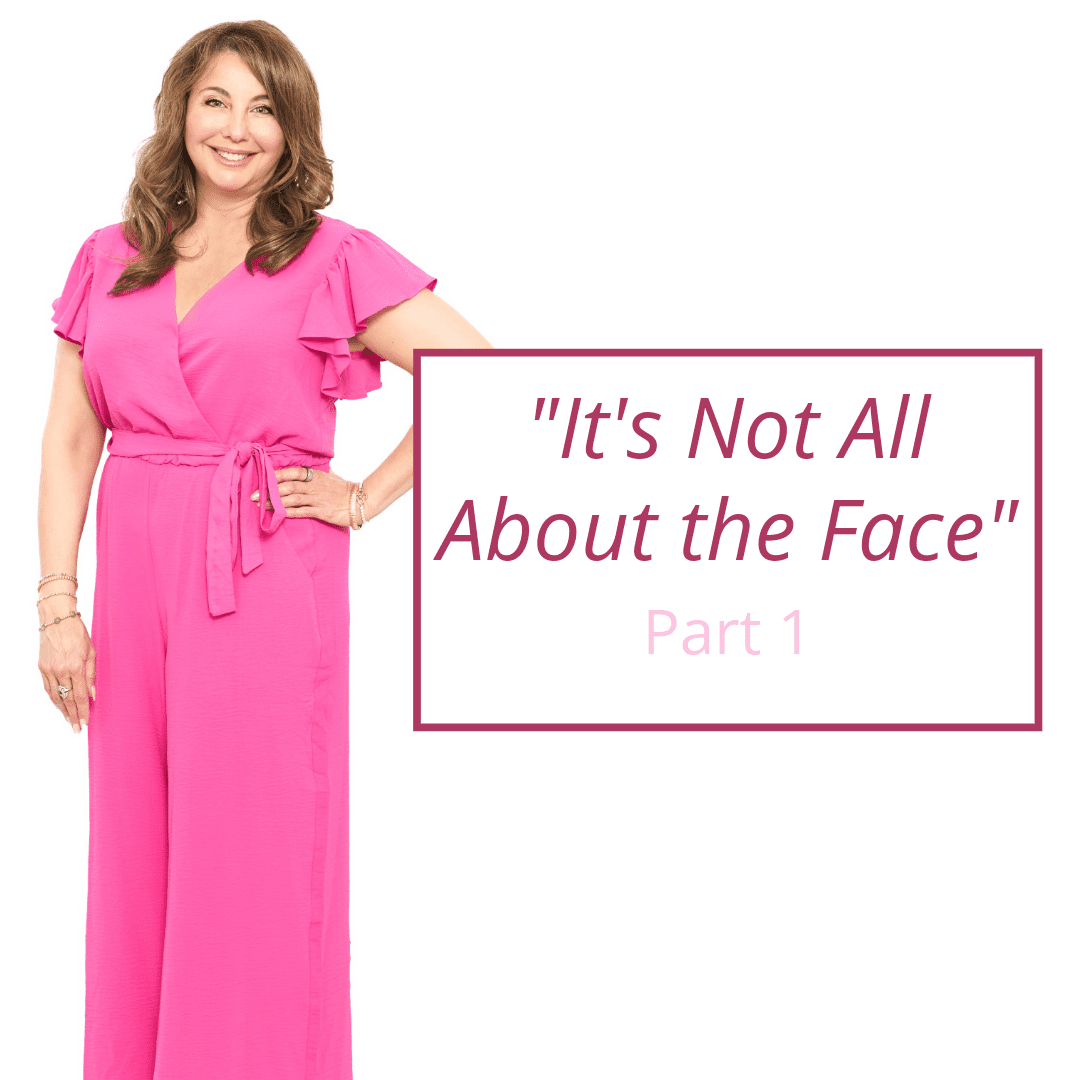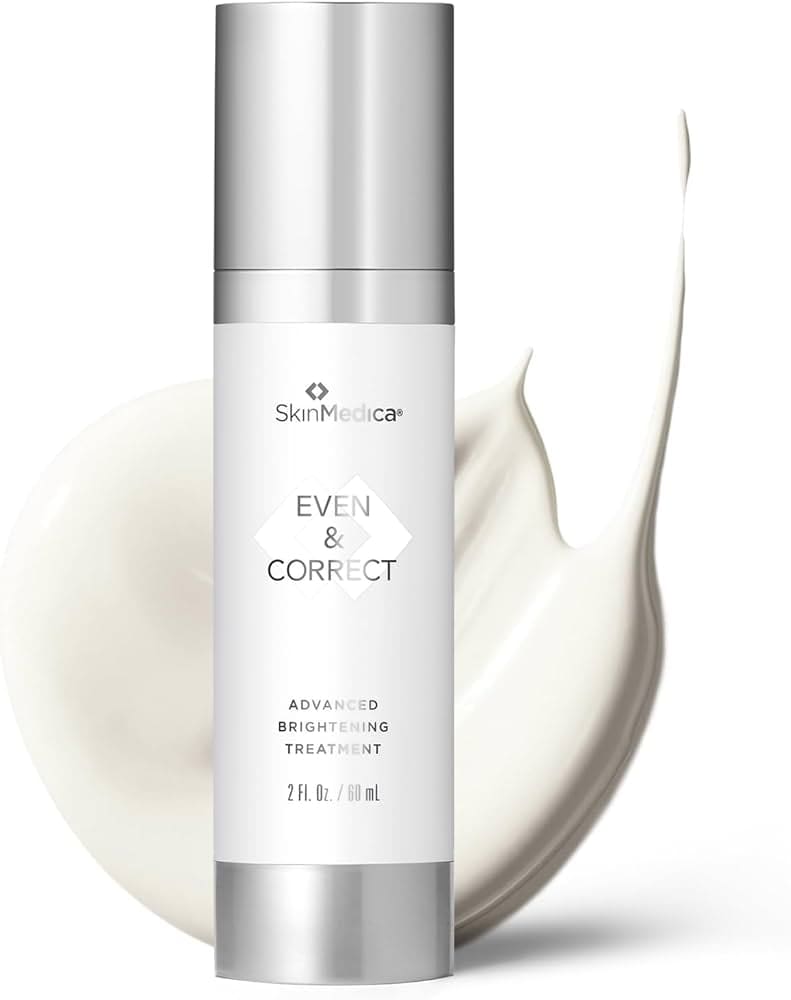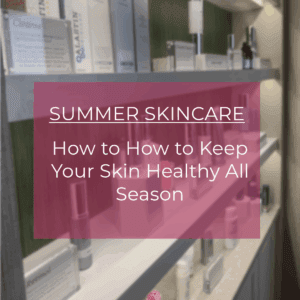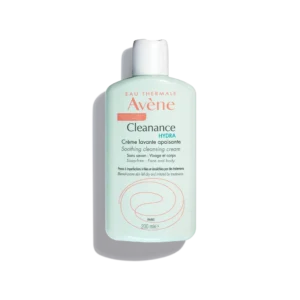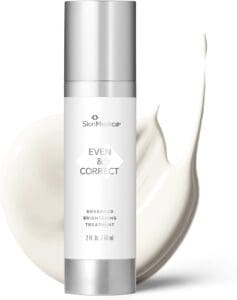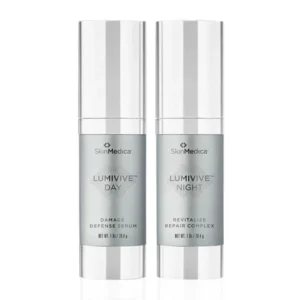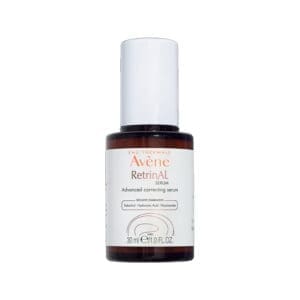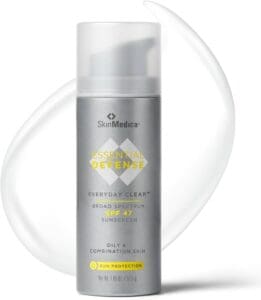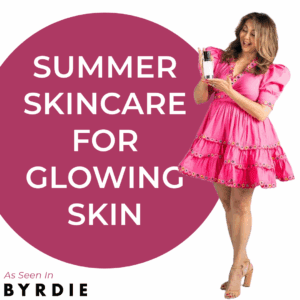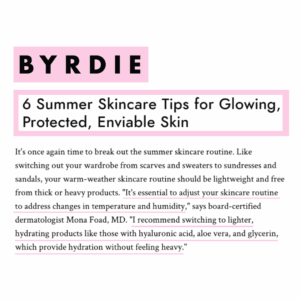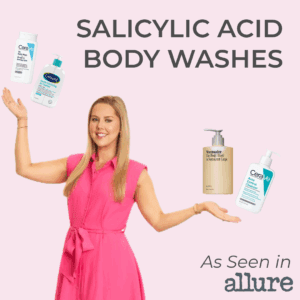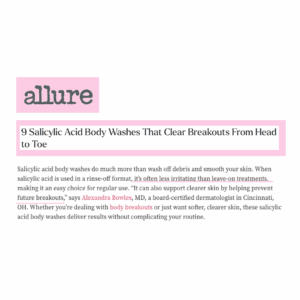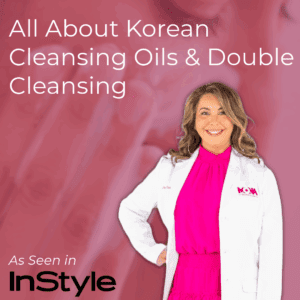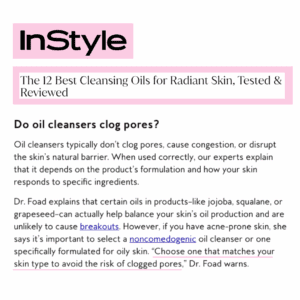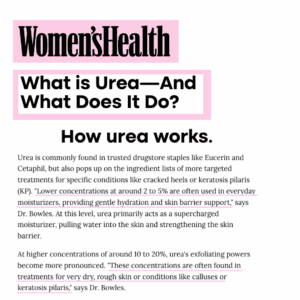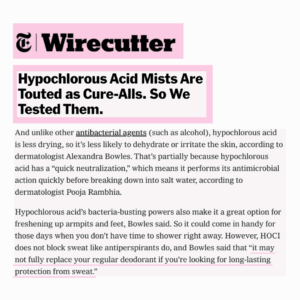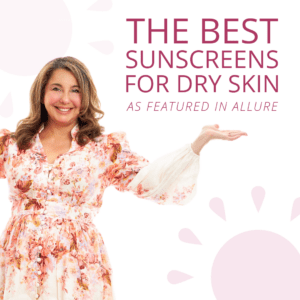What are Polyhydroxy Acids (PHA)? | As Seen in Byrdie
If you’re looking for a gentle way to exfoliate, hydrate, and strengthen your skin, polyhydroxy acids (PHAs) might be what your skincare routine is missing! Learn all about them with Dr. Alexandra Bowles in Byrdie’s recent article.

What is PHA?
Polyhydroxy acids, or PHAs, are often described as the “entry-level” chemical exfoliant, and for good reason. Their larger molecular size means they sit closer to the surface of the skin. This allows them to gently loosen dead skin cells without penetrating too deeply or causing irritation. What’s exciting about PHAs is that they’re not just exfoliators. They also act as antioxidants and hydrators, making them a triple win for anyone looking to brighten and smooth their skin without the sting. If you’ve struggled with AHAs or BHAs in the past, PHAs might be the ideal way to experience the benefits of chemical exfoliation more comfortably.
What are some benefits of PHA?
One of the more underrated benefits of PHAs is their ability to support the skin’s natural barrier. While some acids can leave skin feeling stripped or overly tight, PHAs help maintain hydration levels and actually promote a stronger, healthier skin barrier over time. They also work well alongside calming ingredients, which makes them a fantastic option for those managing redness, rosacea, or even eczema. And because they exfoliate without increasing sun sensitivity as much as AHAs, PHAs can be more forgiving for year-round use, though sunscreen is still a must!
What’s the difference between AHA, BHA, and PHA?
AHAs, like glycolic and lactic acid, exfoliate the skin’s surface and are great for dullness and uneven tone, but can be irritating. BHAs, such as salicylic acid, penetrate deeper into pores, making them ideal for oily or acne-prone skin. PHAs are larger in molecular size, so they stay on the surface and work more gently. This makes them perfect for sensitive skin or those new to acids. PHAs also have added moisturizing and antioxidant benefits, which AHAs and BHAs don’t typically offer. Overall, PHAs are more forgiving. They hydrate as they exfoliate and pair well with calming or hydrating ingredients, making them an easy choice for layered routines.
Are there any side effects?
The beauty of PHAs is that they’re designed to minimize irritation. While other acids might cause redness or tingling, PHAs are usually well-tolerated, even by those with rosacea or eczema. That said, every skin type is unique, so I always recommend introducing them slowly and watching for any signs of sensitivity. Even though PHAs are gentle, more isn’t always better. Using them too frequently, especially alongside other exfoliants, can lead to a compromised skin barrier. If your skin starts to feel tight or begins to peel, take a break and focus on hydration and barrier repair.
One lesser-known point: even gentle acids like PHAs can interact with other actives. Using them right before or after retinoids or vitamin C may increase your chances of irritation. If you’re combining powerful ingredients, it’s best to alternate nights or seek advice from your dermatologist.
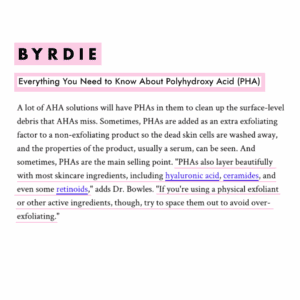
Is it right for my skin?
PHAs are one of the most skin-friendly exfoliants out there, especially for those with sensitive or compromised skin. Their gentle nature makes them a great choice for people dealing with conditions like rosacea, eczema, or post-procedure recovery. Still, I always advise patch testing first and avoiding use on areas with broken or inflamed skin. If you’re acne-prone, PHAs may not clear clogged pores as effectively as BHAs. But, they can still help improve skin texture and tone without the risk of irritation. The key is to start slow and monitor how your skin feels over time.
How do I use this in my routine?
One of the best things about PHAs is how simple they are to incorporate into your routine. I often recommend starting with a leave-on product, like a serum or hydrating toner, used two to three times a week. Because PHAs are so gentle, many people can gradually increase usage based on how their skin responds. They also layer beautifully with most skincare ingredients, including hyaluronic acid, ceramides, and even some retinoids. If you’re using a physical exfoliant or other active ingredients, though, try to space them out to avoid over-exfoliating.

